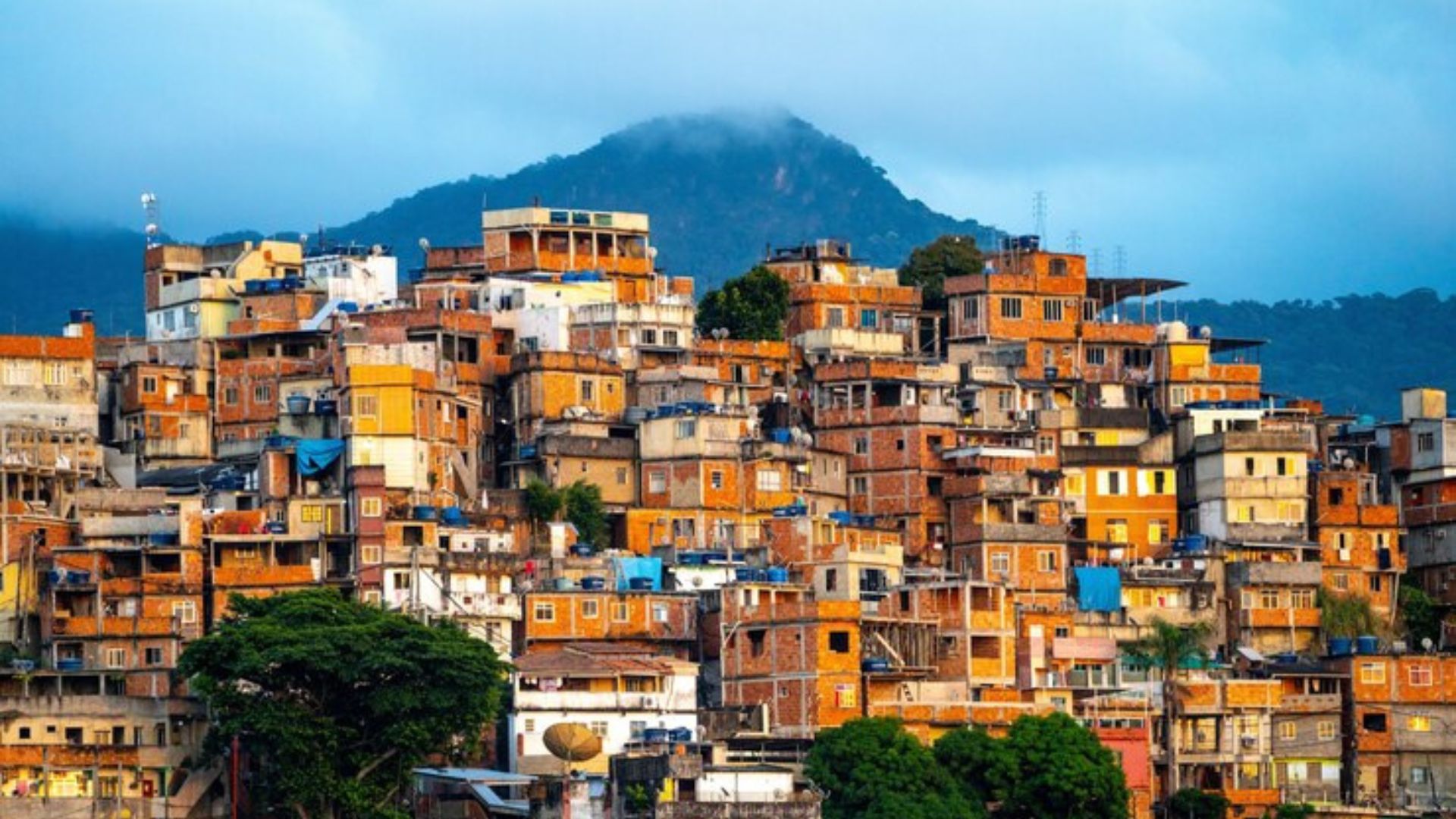San Juan de Lurigancho (SJL) is one of the most well-known districts in Lima, Peru. Located in the eastern part of the city, it has grown to become the most populous district in Lima and one of the largest in terms of area. With its vibrant local culture, diverse community, and significant role in Lima’s urban development, San Juan de Lurigancho offers a unique blend of modernity and tradition.
This district is home to over a million people, which makes it an essential part of Lima’s social and economic landscape. From bustling markets to local eateries, parks, and historical landmarks, SJL is a place where the heart of Lima beats in many different ways.
In this article, we will explore the history, culture, economy, and the various attractions that make San Juan de Lurigancho an exciting place to visit or reside.
The History of San Juan de Lurigancho
San Juan de Lurigancho has a deep-rooted history that dates back to the pre-colonial era. It was originally inhabited by indigenous peoples such as the Yauyos, who were later incorporated into the Inca Empire. Following the arrival of the Spanish, the area saw the establishment of agricultural practices, and over time, it began to develop into a small rural community.
However, the district’s transformation into a bustling urban area only began in the 20th century. As Lima expanded, the demand for more residential space increased, and San Juan de Lurigancho was rapidly populated. Initially, it was a rural area with few amenities, but the rapid migration of people from rural areas contributed to its rapid urbanization.
By the late 20th century, the district became an integral part of Lima’s urban fabric. With the expansion of infrastructure, including roads, schools, and hospitals, San Juan de Lurigancho became not only a residential hub but also a key economic zone.
Geography and Location
San Juan de Lurigancho covers a vast area, situated on the eastern side of Lima. It is bordered by the districts of El Agustino, Ate, and San Borja. One of its most notable geographical features is its position near the Rimac River, which has historically been an important water source for the district and surrounding areas.
The district is characterized by varied terrain, with urban areas in the lower regions and more rural landscapes in the upper zones. The surrounding mountains offer a scenic backdrop to the district, creating an aesthetically pleasing environment for those who live or visit the area.
The transportation infrastructure in San Juan de Lurigancho is also well-developed, making it easy for residents and visitors to travel to other parts of Lima. The district has several major highways, and public transportation options, such as buses and the Metropolitano bus system, are accessible to most areas within the district.
Population and Demographics
San Juan de Lurigancho is the most populous district in Lima, with a population exceeding 1 million people. The district has experienced rapid population growth due to migration from other regions of Peru. Many of the residents are from the provinces, especially from rural areas, seeking better employment and educational opportunities in the capital.
The demographic composition of the district is diverse. While there is a significant number of young people, there are also families, older adults, and children. The influx of migrants has led to the creation of many informal settlements, although the district has steadily improved its infrastructure to accommodate the growing population.
This diversity is reflected in the district’s cultural fabric, with many different traditions and customs coexisting, contributing to a dynamic community life.
Culture and Traditions
San Juan de Lurigancho has a unique cultural atmosphere that blends traditional Peruvian customs with modern urban influences. The people of the district are known for their strong sense of community, and local festivals and traditions are celebrated with great enthusiasm.
One of the most popular events in the district is the annual festival in honor of its patron saint, San Juan Bautista. This religious celebration includes processions, music, dancing, and traditional foods, drawing crowds from all parts of Lima. Additionally, there are various festivals throughout the year that showcase the music, dance, and culinary delights of Peru.
The district is also home to a number of local markets, where you can find everything from fresh produce to traditional clothing and handmade goods. These markets are a reflection of the local culture and offer a fantastic way to experience the district’s vibrant lifestyle.
Economy and Employment
The economy of San Juan de Lurigancho’s is diverse and growing. The district has a mix of residential, commercial, and industrial areas. Many businesses in the district are small and medium-sized, with a focus on retail, services, and manufacturing. SJL is home to various local shops, street vendors, and restaurants, making it a lively district where commerce thrives.
In addition to its local businesses, the district has several industrial zones that produce a variety of goods, from construction materials to textiles. These industries provide significant employment opportunities for the residents of the district.
As Lima continues to expand, San Juan de Lurigancho’s has become a key player in the city’s economy. Its proximity to the urban center of Lima, combined with its low-cost housing options, makes it an attractive place for both workers and entrepreneurs.
Attractions and Landmarks in San Juan de Lurigancho
While San Juan de Lurigancho’s is mostly known for its residential areas, there are several noteworthy attractions and landmarks that make the district an interesting place to visit.
Parque Zonal Huiracocha
This large park is one of the most popular green spaces in the district. It offers a wide range of recreational activities, including sports fields, playgrounds, and picnic areas. Visitors can also enjoy the beautiful natural scenery and the clean, peaceful atmosphere of the park.
Lurigancho-Chosica
Located just outside the district, Lurigancho-Chosica is a popular area for outdoor enthusiasts. The area is known for its mountain views, hiking trails, and picturesque landscapes, making it a great spot for weekend getaways.
The Rimac River
The Rimac River is an important geographical feature that runs through the district. While the river itself isn’t always suitable for recreational activities, it adds to the area’s charm and provides a scenic backdrop for many of the district’s neighborhoods.
Museo de Arte Popular
This museum showcases traditional Peruvian folk art. Visitors can explore an impressive collection of handcrafted art, including textiles, ceramics, and other forms of visual art that represent the rich cultural heritage of Peru.
Challenges Facing San Juan de Lurigancho
Despite its many strengths, San Juan de Lurigancho’s faces several challenges as it continues to grow. One of the most significant issues is the lack of adequate infrastructure in some parts of the district. Overcrowding, traffic congestion, and insufficient public services in certain neighborhoods are ongoing concerns for both residents and local authorities.
In addition, the district grapples with poverty and informal housing. Although urbanization has brought development, many people still live in makeshift homes in informal settlements. Access to clean water, electricity, and sanitation remains a challenge in some areas, even as efforts are made to improve conditions.
Despite these challenges, the local government and various community organizations are working to address these issues and improve the quality of life for residents.
Conclusion
San Juan de Lurigancho’s is a dynamic and diverse district that holds a special place in the heart of Lima. Its rich cultural heritage, growing economy, and vibrant community make it a unique area to live, work, and visit. While the district faces challenges related to overcrowding and infrastructure, it continues to develop as a key part of Lima’s urban landscape. For anyone interested in experiencing the true essence of Lima, a visit to San Juan de Lurigancho’s is a must.
ALSO READ:Mastering Jest ModuleNameMapper for Efficient Testing
FAQs
What is San Juan de Lurigancho known for?
San Juan de Lurigancho is known for being the most populous district in Lima, its vibrant culture, and its mix of residential, industrial, and commercial areas.
Is San Juan de Lurigancho safe to visit?
While some areas in San Juan de Lurigancho have higher crime rates, many parts of the district are safe for visitors. It’s always recommended to be cautious and aware of your surroundings.
What are some popular attractions in San Juan de Lurigancho?
Popular attractions include Parque Zonal Huiracocha, the Rimac River, and nearby areas like Lurigancho-Chosica for outdoor activities.
How can I get to San Juan de Lurigancho from central Lima?
You can take the Metropolitano bus or local buses, both of which have stops throughout the district. Taxis and ride-sharing services like Uber are also available.
What is the local cuisine like in San Juan de Lurigancho?
San Juan de Lurigancho offers a variety of local Peruvian food, from street food to traditional dishes, such as ceviche, anticuchos, and pachamanca.







